BY WALTER OPINDE
Publicly opened on 24th September 2016, the National Museum of African-American History and Culture currently serves as the only national museum dedicated to exclusively document anything and everything relating to the African-American history, way of life, as well as arts and culture. The museum was founded in accordance with the 20003 Act of Congress, following the decades of unceasing efforts by the Black Community to highlight and promote their contributions to social, economic, political environments, as well as the freedom that the Americans enjoy today.
The museum was designed and built by a Ghanaian-British architect, Sir. David Frank Adjaye, a man from the African origin; it stands at the National Mall, Washington, D.C. Merely a half a year since the museum was founded in September 2016, more than 100,000 individuals have joined it as chartered members, and the museum has collected over 36,500 artefacts. These massive numbers of objects (artefacts), which portray different messages, relate to subjects such as family, community, religion, visual and performance arts, slavery, civil rights, as well as racial segregations that marred the U.S. since centuries ago (before, during, and after the slavery).
The early efforts steered towards establishing a federally owned museum that would feature the African-American culture and history can be traced back to the early 20th century, 1915 to be precise. Even though, nothing was ever fruitful until the push for such an organization commenced once again by 1970s. After a decade of meager success, a more serious legislative push commenced in 1988, which finally led to the authorization of the construction and existence of the museum in 2003, followed by the site selection in 2006.
Currently, the museum stands and operates on four primary pillars, which include:
- Help all the Americans to see and know how their history, stories, and cultures were jointly shaped and informed by the global forces or influences.
- Present an opportunity to everyone who has the interest in learning or knowing the African-American culture through the exploration and revelation of this history through the interactive exhibitions.
- Serve as the center of collaborations beyond the reach of Washington, D.C. through the engagement of people or new audiences, alongside working with the myriad of educational institutions and museums that endeavor to explore, embrace, and preserve the importance of history beyond what people know.
- To explore what is meant to be an American; hence, share the American values such as optimism, spirituality, and resilience as reflected in the African-American histories and cultures.
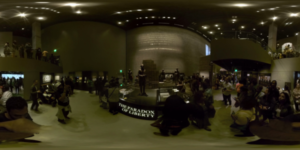
The National Museum of African-American History and Culture serve as a public institution that is open to everyone, and where every individual is welcome to collaborate, participate, and learn more about the African-American cultures and history. The museum will forever stand to tell the African-American story through the lenses black history and culture; it is for all Americans and it explicitly tells the entire American story.
“Read more of the story via: https://nmaahc.si.edu/”






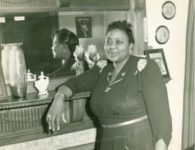



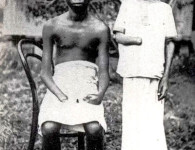


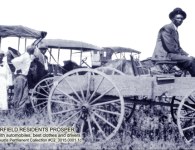
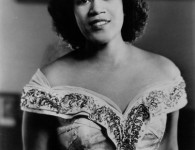


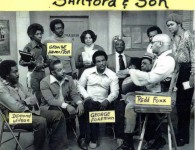
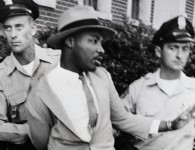

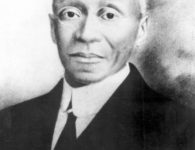

No comments